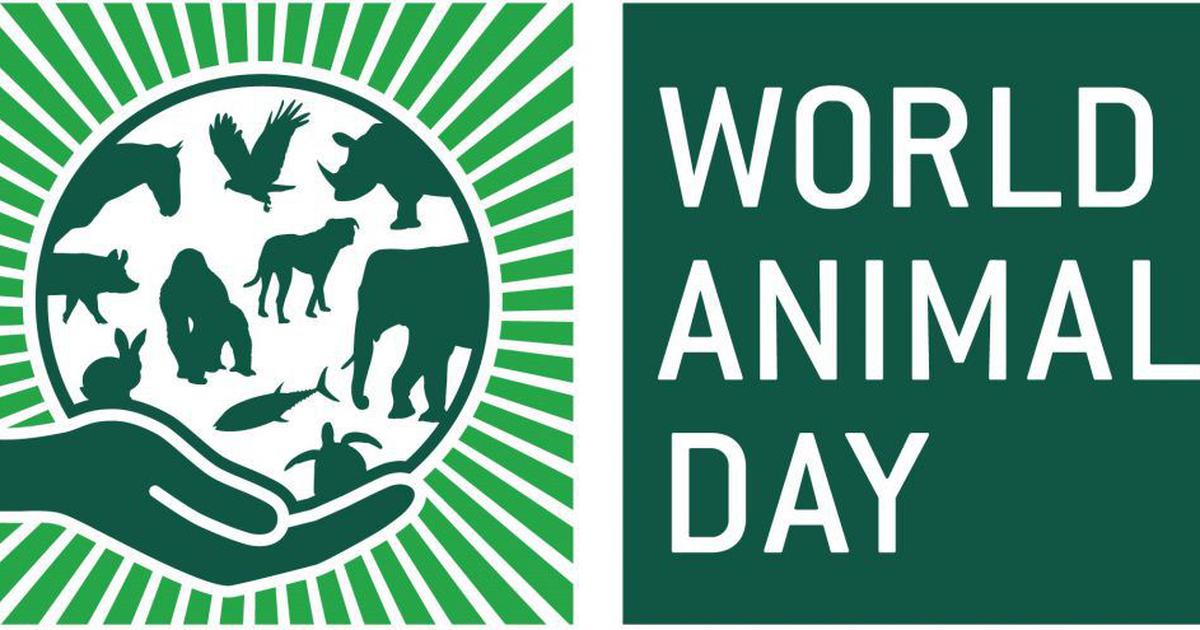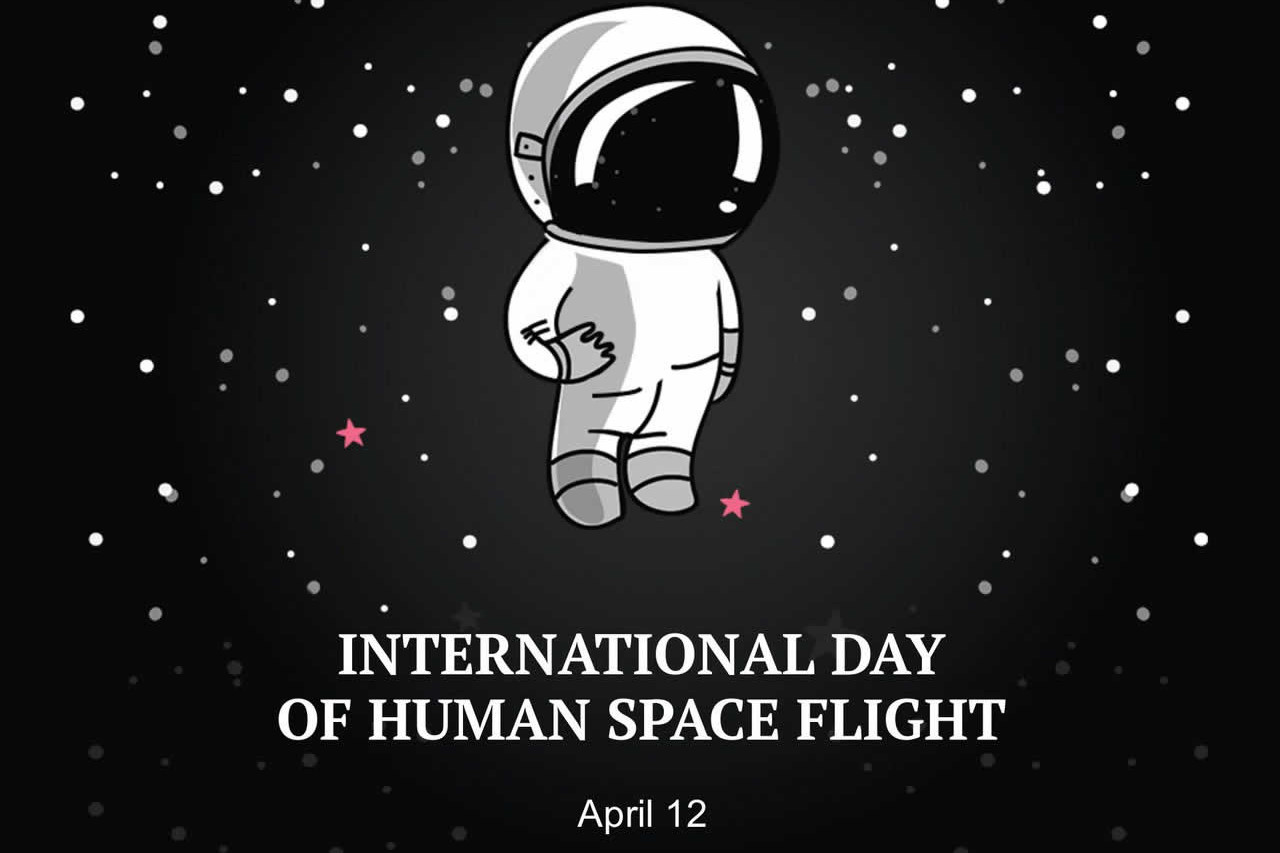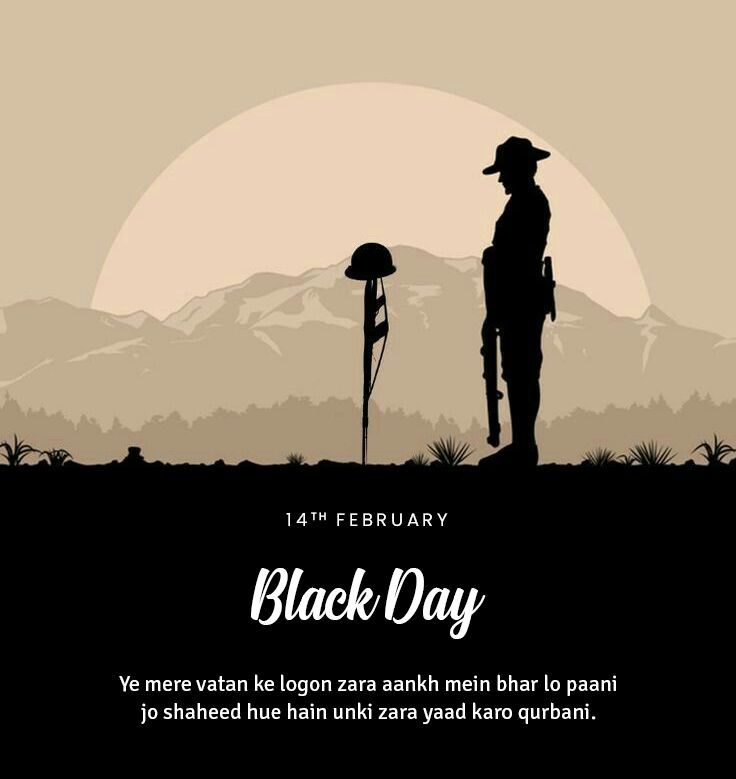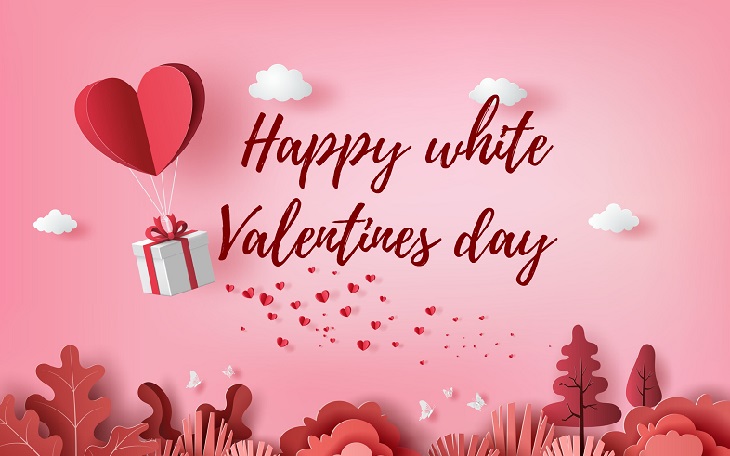
Just after Valentine’s Day on February 14th, when the sweet scent of chocolate still lingers in the air, another wave of romance sweeps through some parts of the world exactly one month later, on March 14th. This day is known as White Day (ホワイトデー in Japanese).
Did you know? Many people think of White Day as a “sequel” or “encore” to Valentine’s Day. The origin story is quite interesting (though it sounds more like a legend). It’s said that during ancient Rome, around the 3rd century AD, an emperor declared February 14th as Valentine’s Day to commemorate saving a pair of lovers who were almost executed. According to the legend, this couple swore eternal love to each other exactly one month later on March 14th. Over time, this story spread and March 14th became a special day.
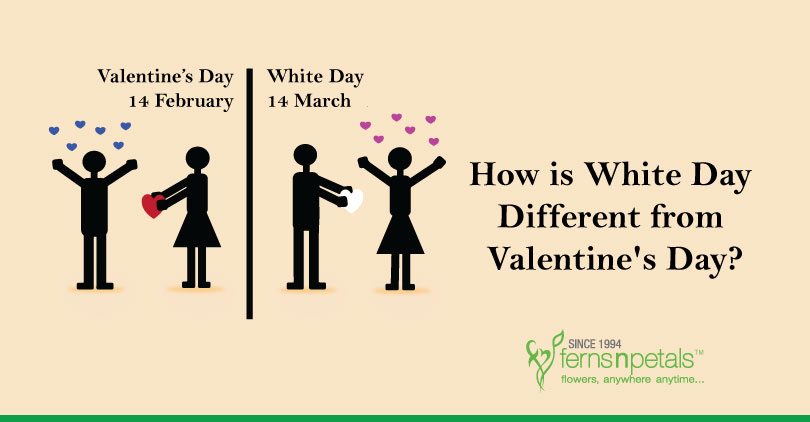
However, while this romantic tale sets a nice backdrop, a more credible and widely accepted explanation is that White Day was actually “invented” and popularized by Japan. In the late 1970s, some Japanese confectionery companies (like those selling marshmallows and white chocolate) thought that since girls give chocolates to boys on Valentine’s Day to express their feelings, why not create a day for boys to “return the favor”? Thus, White Day emerged as a commercial idea. Initially, gifts related to “white” (like marshmallows, white chocolate, cookies) were common, hence the name “White” Day.
So here’s how it works: On February 14th, girls give chocolates or gifts to boys they fancy or appreciate (there’s serious “honmei choco” for true love and polite “giri choco” for obligatory gestures). Then on March 14th White Day, it’s the boys’ turn to respond. They decide whether to give a return gift and what kind of gift to give, expressing their feelings: acceptance of love, gratitude, or polite refusal.
This act of giving back isn’t taken lightly! In Japanese culture, it’s often expected that return gifts should be worth twice or even three times the original gift (a concept called “sanbai gaeshi”). This isn’t just about material value but also symbolizes how much they value the other person’s feelings. For many young people, this day is a crucial moment for “confirming feelings” or “upgrading relationships,” often filled with anticipation and excitement!
In short, White Day is aptly named as “Return Valentine’s Day.” It gives those who expressed their feelings on February 14th (usually the gift givers) a chance to receive a response one month later. Of course, the choice of return gift lies entirely with the recipient—they will only reciprocate if they wish to.
While it doesn’t have the long history or global reach of Valentine’s Day and its origins are somewhat commercial, thanks to Japan’s strong cultural influence, this back-and-forth romantic ritual has become quite popular among young couples in many Asian countries. It’s another cherished “Valentine’s Day,” offering a specific time for people to convey and confirm their feelings through gifts and actions—making those little romantic thoughts and fluctuations clearer and sweeter.
So yes, March 14th White Day can be seen as a “sequel game” to Valentine’s Day—a special day about reciprocating feelings, confirming relationships, and sweet returns. It’s not just a commercial holiday but also embodies young people’s nervous anticipation, brave expressions of love, and appreciation for reciprocation in their romantic lives. It’s quite an interesting little romance that happens in spring!


